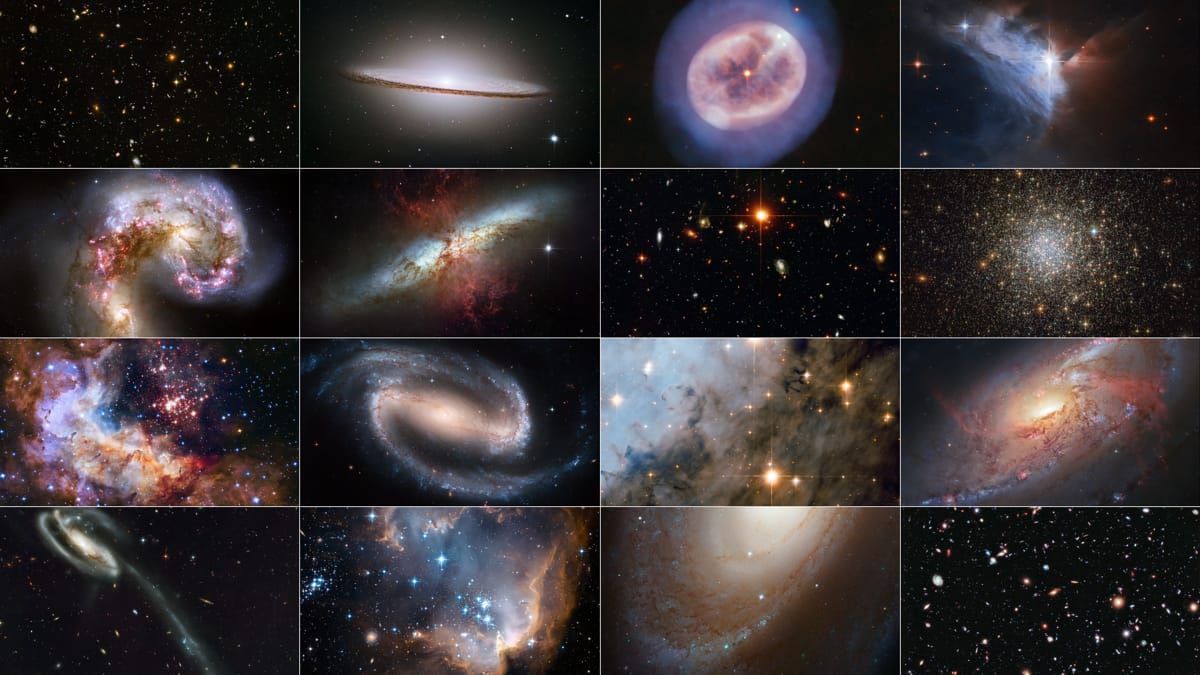The deadline for “full implementation” of the United Nations Sustainable Development Goals is fast approaching. Consisting of 169 targets across 17 goals, the SDGs call for action across social, environmental, and governance areas by 2030.
Yet human activity in space is a missing aspect of the SDG ambition, viewed as an enabler (e.g., via the use of satellite imagery) but not adequately incorporated into the existing SDGs, and not having a goal of its own.
This should change. Whether the SDG timeline is extended beyond 2030, or a new set of global development goals are developed and introduced, similar to how the SDGs continued the work of the Millennium Development Goals, space should be seen as shared resources requiring sustainable management.
Even in the decade since the goals were set, human activity in space has increased dramatically. Humanity will soon be returning to the Moon, with crewed missions expected in the next few years, and ambitions to continue to Mars thereafter.
Discussions about how space activities can be incorporated into the SDGs are increasing, with extensive work undertaken by the United Nations Office for Outer Space Affairs (UNOOSA) in recent years to better understand the links between space and the SDGs. In addition, talks are likely to be held at the United Nations Summit of the Future later in September to identify future developments, and the possibility of an SDG for space. However, despite these efforts, there is still a need to identify exactly what “space sustainability” means, what it entails, and how it can be championed by private industry, governments, and research institutions, and subsequently what a space SDG would include.

The theme of space sustainability has become more important in recent years, and with Australia to host the International Astronautical Congress (IAC) in Sydney next year under the theme of “Sustainable Space: Resilient Earth“, there is an opportunity for us to be leaders in the area of developing what space sustainability means, and what an SDG for space could look like. Australian efforts to develop an “SDG for Space”, or what space sustainability means in general, should be a multi-disciplinary approach and include stakeholders from across industry, government, and research sectors.
Ensuring sustainability can be achieved in all space activities through the creation of targets that implement waste disposal guidelines, and frameworks around space resource extraction, use, and disposal.
Assuming that the SDGs continue in some form post-2030, consideration needs to be given as to what an SDG for space should include. Similar to other SDGs, an SDG for Space should follow the same structure, and consist of a high-level goal with lower-level targets. It should be easy to communicate, yet detailed enough in providing suitable targets with timelines.
The number of targets for a space SDG should be limited to help make the goal more achievable. An SDG for Space needs to balance environmental, social, economic, and political aspects as well as encourage continued exploration while facilitating the inclusion of nations into space activities that may not have had the opportunity to be involved.
Possible targets include ensuring the direct participation and representation of all nations in space activities through the creation or continued existence of national space agencies, and representation and collaboration at UNOOSA. Ensuring sustainability can be achieved in all space activities through the creation of targets that implement waste disposal guidelines, and frameworks around space resource extraction, use, and disposal. Finally, a united vision for space exploration could be created by setting dates for the establishment of lunar and Mars crewed landings and bases.
The value of creating an SDG or some equivalent for space in any United Nations post-2030 agenda is extensive. A space goal, with clear and ambitious targets will help to unite global efforts for space exploration, define what sustainability means in a space context, and ensure that the Moon, Mars, and beyond are preserved for the generations of explorers to come. As the host of IAC in 2025, Australia has the opportunity to lead the development of such a goal, which in turn will enable Australia to further grow its own space industry, and be a leader at an international level at the United Nations, including UNOOSA.

